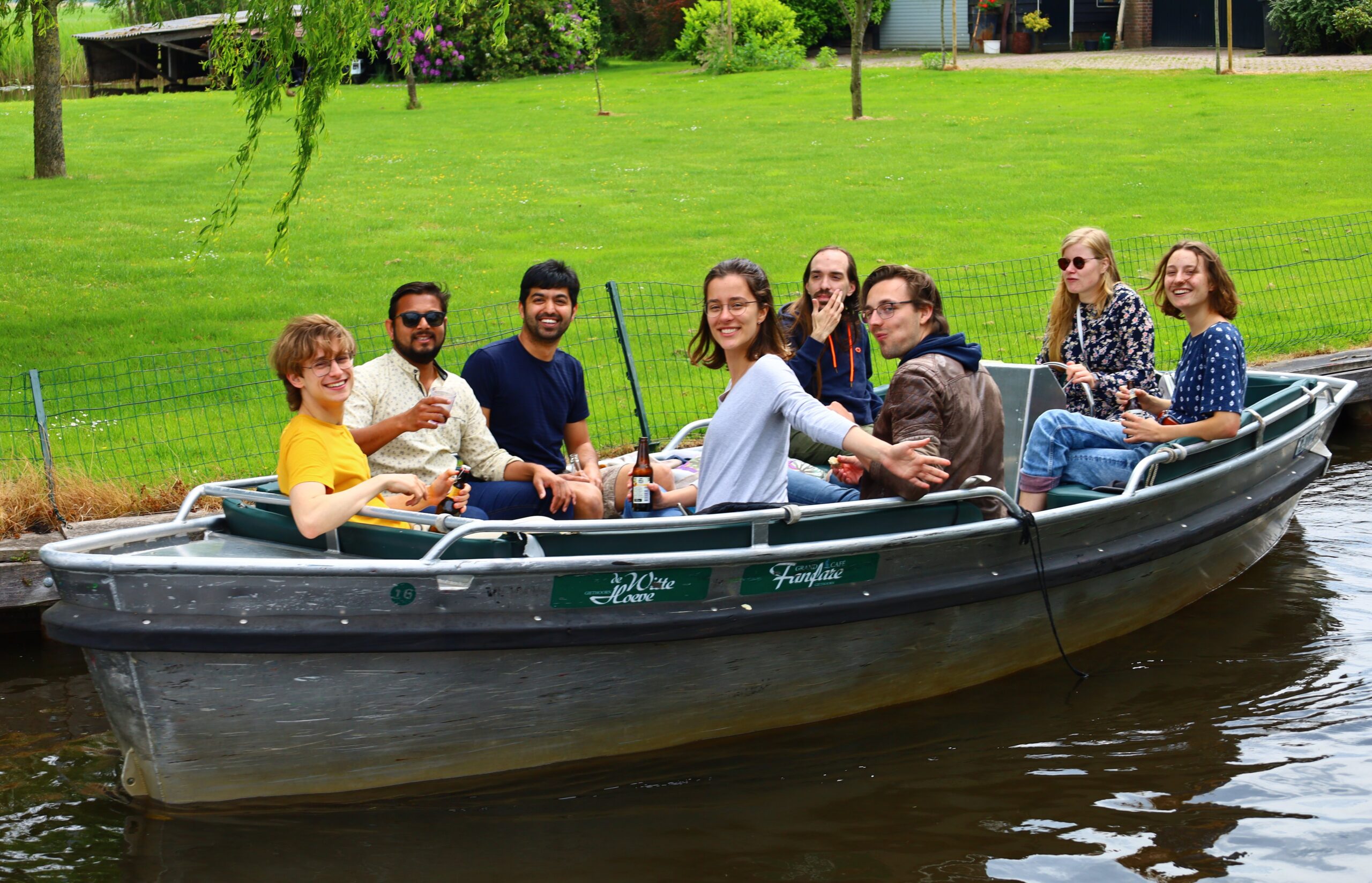We love doing exciting, collaborative research and have teamed up with labs with diverse interests. Using our complementary expertise, we focus on biocentric outstanding questions and challenges. Here are our key collaborators:

Stability and dynamics of Pickering emulsions – Jasper van der Gucht
Laboratory of Physical Chemistry and Soft Matter, Wageningen University
Using on-chip microfluidic systems, we have developed a straightforward protocol to produce, visualize, and manipulate particle-stabilized Pickering emulsions. We are further studying their dynamics and stability mechanism as well as the use of different Pickering agents including proteins.

Phase separation in vesicles – Atul Parikh
Department of Biomedical Engineering, UC Davis, USA
Using liposomes and synthetic polymers as model systems, we are trying to understand the intricate interplay between associative and segregative phase separation in the context of three-dimensional lipid membranes.

On-chip directed evolution – John van der Oost
Laboratory of Microbiology, Wageningen University
We aim to design superior CRISPR enzymes through the process of directed evolution. To do so, we are developing high-throughput microfluidic platforms and novel downstream screening assays.

Bioadhesive from ticks – Ingrid Dijkgraaf
Department of Biochemistry, Maastricht University
Ticks adhere to their hosts through a strong glue but it remains a mystery how this process works. We are studying this from a biomechanics and biomaterial point-of-view and gain further insights into the phenomenon.

Engineering protein condensates – Renko de Vries
Laboratory of Physical Chemistry and Soft Matter, Wageningen University
Cells contain numerous membraneless condensates that co-exist without mixing with each other. We are exploiting protein engineering to design custom peptides that are able to achieve the same for synthetic cells.

Self-assembly of chemical building blocks – Han Zuilhof
Laboratory of Organic Chemistry, Wageningen University
We are studying the self-assembly of low molecular weight chemical building blocks, especially the potential of perfluorinated compounds to interact with organic moieties.
